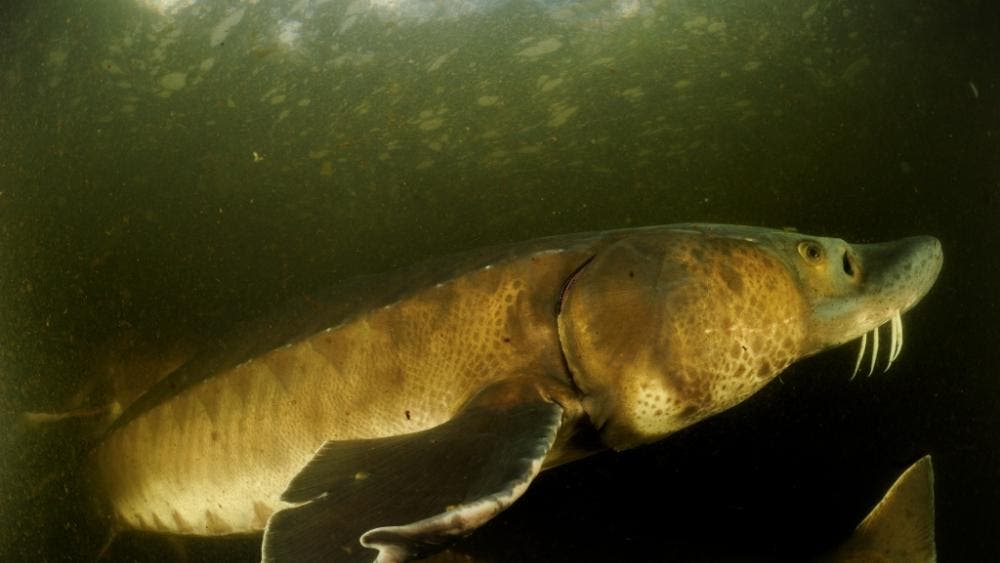Lakes and rivers cover only 1% of the Earth’s surface but house a third of all vertebrate species. It’s been getting far less crowded in the last couple of decades, though.
Scientists have found that the global population of freshwater megafauna such as dolphins, beavers, crocodiles, giant turtles, and sturgeon has declined by a frightening 88%. The prime driver is unsurprising: overexploitation.
Twice the loss of vertebrate populations on land or in the ocean
Freshwater megafauna include all animals that swim in rivers or lakes and weigh over 30 kilograms.
In order to assess the state of freshwater megafauna species worldwide, researchers at the Leibniz-Institute of Freshwater Ecology and Inland Fisheries (IGB) tapped into data pertaining to the historical and contemporary range of 44 species in Europe and the United States.
The results are alarming, to say the least. They suggest that between 1970 and 2012, global populations of big freshwater species declined by 88%.
Geographically, the hardest hit regions were Indomalaya (South and Southeast Asia) and Palearctic (Europe, North Africa, and most Asia), where freshwater megafauna populations fell by 99% and 97%, respectively.
Some of the most vulnerable animals identified by the study include sturgeons, salmonids, and giant catfishes whose populations have declined by 94%, followed by reptiles with 72%.
The primary threat to freshwater megafauna is overexploitation, whether its fishing or habitat encroachment.
“Furthermore, the decline of large fish species is also attributed to the loss of free-flowing rivers as access to spawning and feeding grounds are often blocked by dams. Although the world’s large rivers have already been highly fragmented, another 3700 large dams are planned or under construction – this will exacerbate the river fragmentation even further. More than 800 of these planned dams are located in diversity hotspots of freshwater megafauna, including Amazon, Congo, Mekong and Ganges river basins,” said Fengzhi He, first author of the study and expert for diversity patterns and conservation of freshwater megafauna at IGB.
According to the International Union for Conservation of Nature’s Red List of Threatened Species, half of the assessed species by the study have a “threatened with extinction” status. Yet, despite freshwater megafauna decline is twice as intense as that of vertebrates on land or in the ocean, they receive less research and conservation attention.
That’s not to say that there isn’t some progress. The good news is that targeted conservation efforts — when directed with care and proper resources — works. In the USA, conservation has helped the green sturgeon (Acipenser medirostris) and the American beaver (Castor canadensis) to rebound. Elsewhere, in Asia, the population of the Irrawaddy river dolphin (Orcaella brevirostris) in the Mekong basin has increased for the first time in twenty years.
The authors of the new study hope that their assessment will spark urgency of action.
Findings appeared in the journal Global Change Biology.










